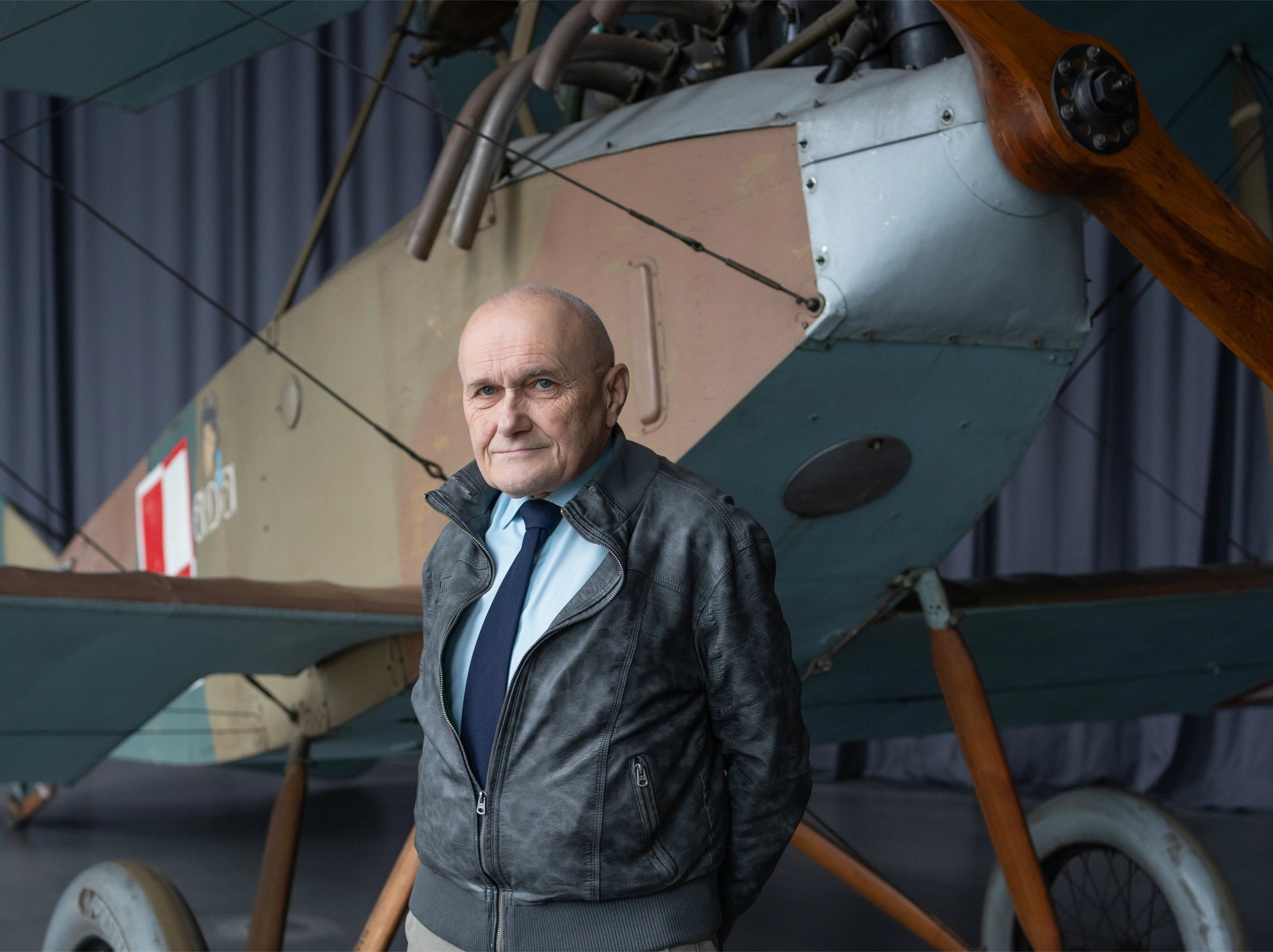
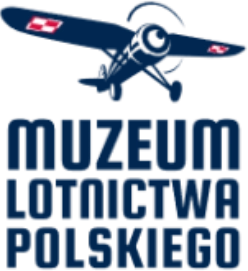


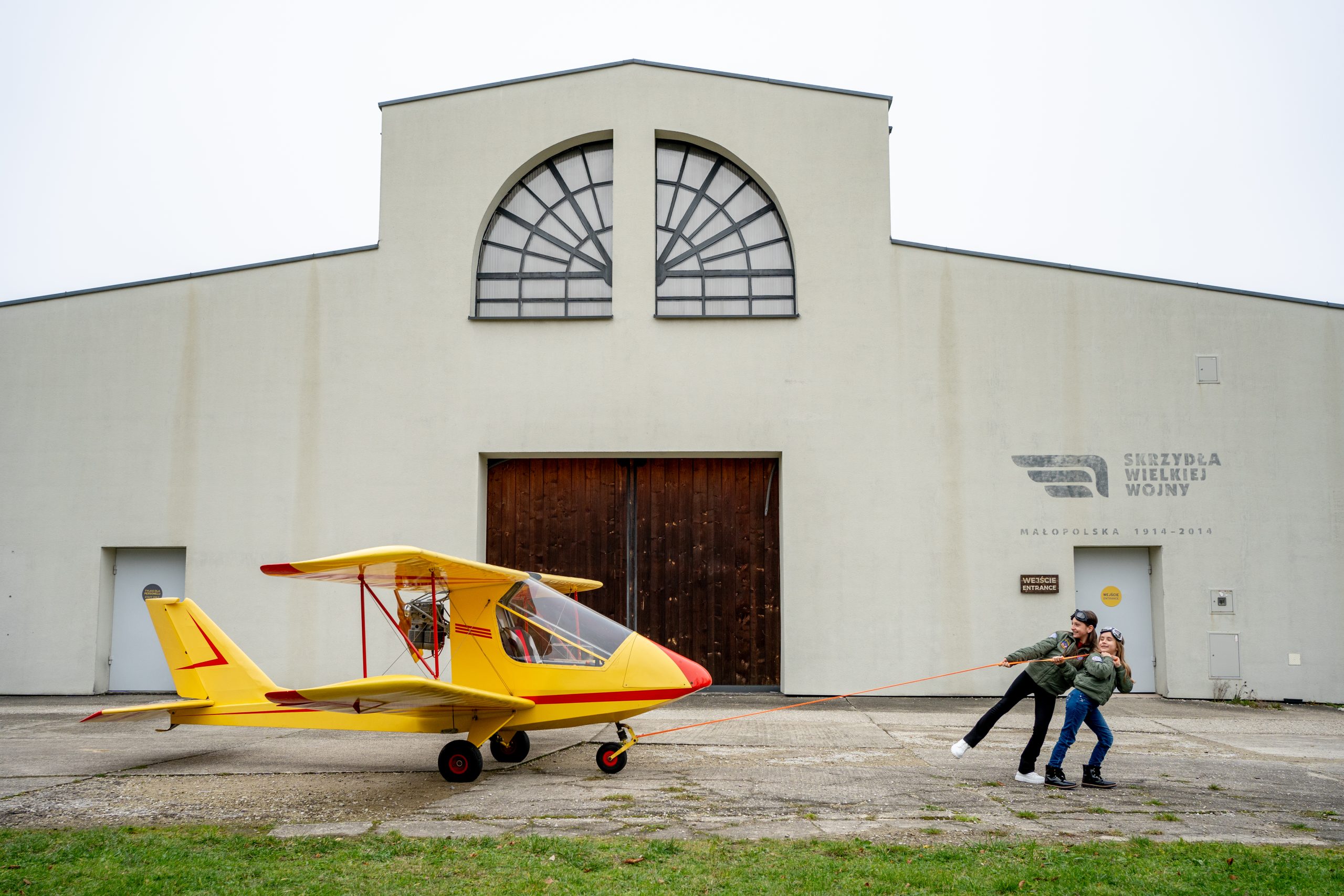
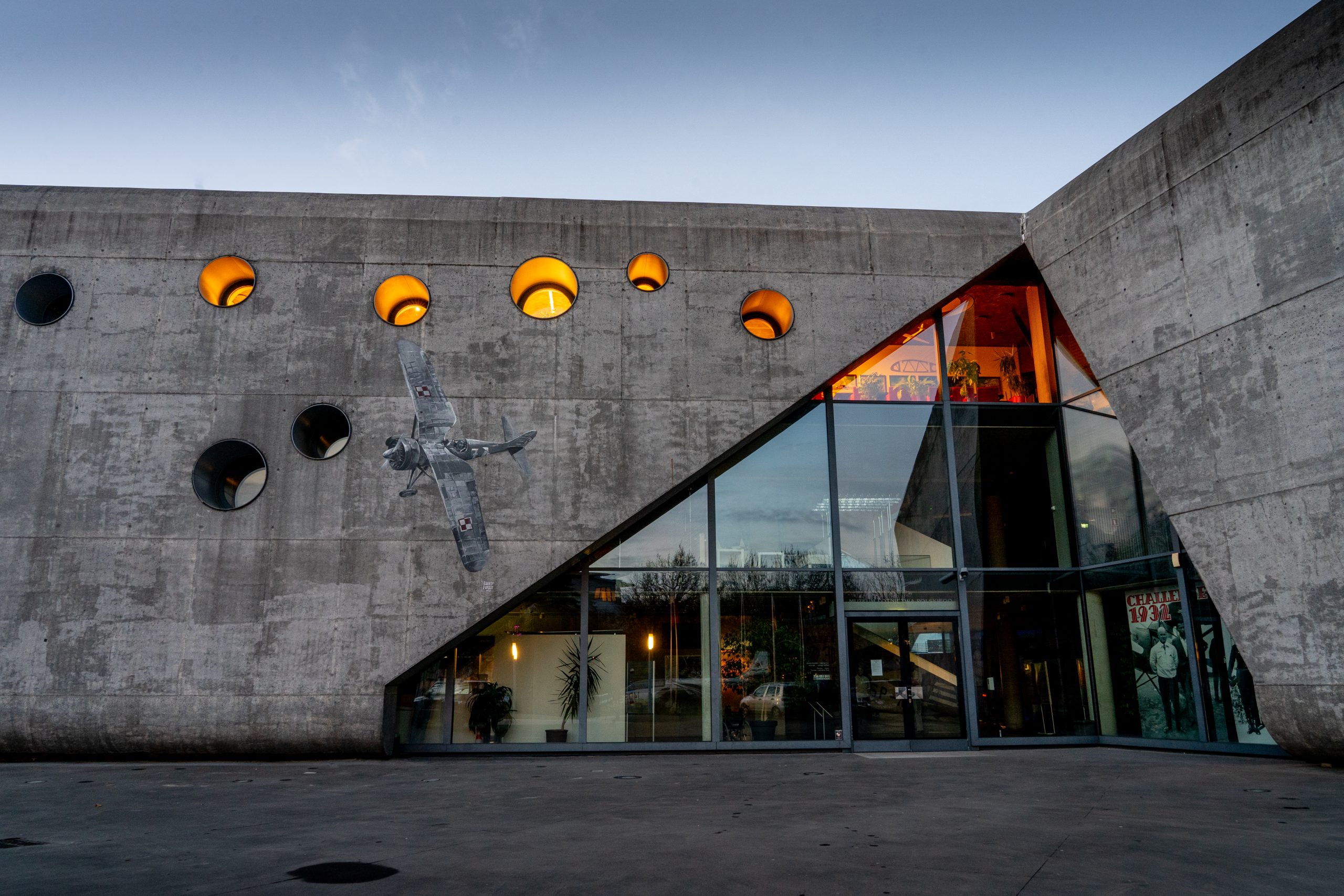
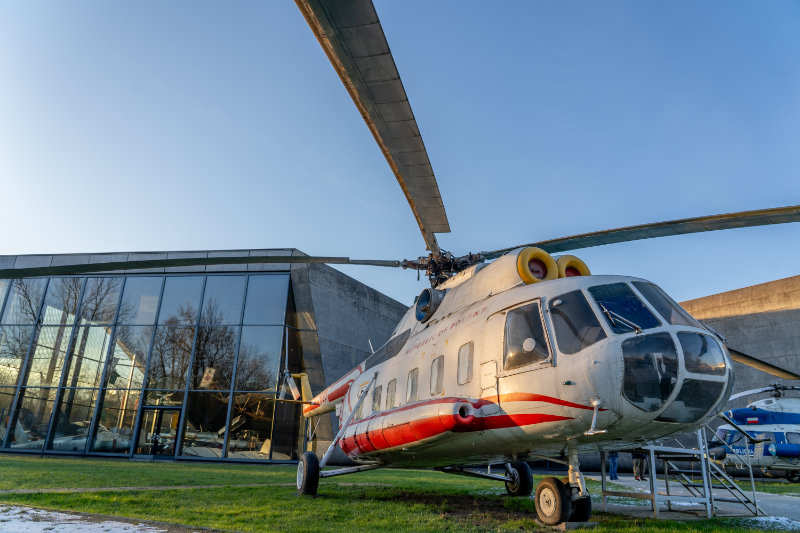
Narodowy Dzień Pamięci Żołnierzy Niezłomnych
01.03.1912Pierwszy skok spadochronowy
01.03.1999Lot balonem dookoła świata
02.03.1969Oblot Concorde’a
03.03.1985Oblot Irydy
04.03.2024Światowy Dzień Inżyniera
05.03.1953Ucieczka F. Jareckiego
05.03.1960Oblot Lisa
05.03.1936Oblot Spitfire’a
05.03.1943Oblot Meteora
06.03.1964Oblot MiGa-25
08.03.2024Dzień Kobiet
08.03.1910Pierwsza licencja dla kobiety
09.03.1954Oblot Jaskółki L
10.03.1952Oblot Bociana
12.03.1929Oblot PWS-20
14.03.1928Prawo lotnicze w Polsce
14.03.1980Katastrofa „Kopernika”
14.03.1927Założenie Pan Am
17.03.1933Katastrofa PWS-19
17.03.1970Oblot Cobry 17
20.03.1938Oblot Wichra
20.03.1959Oblot Pliszki
21.03.1931Śmierć inż. Puławskiego
22.03.1989106 rekordów w jednym locie
25.03.1958Oblot Avro Arrow
21.03.1924LOPP w Krakowie
27.03.1968Śmierć J.Gagarina
27.03.1977Zderzenie Jumbo-Jetów
27.03.1999Zestrzelenie F-117
29.03.1947Szybownicy w Tęgoborzu
29.03.1949Oblot Kaczki
31.03.1938PZL w Bułgarii
Nazwa wywodzi się z idei i koncepcji budowy lotnisk z 1923 r., mającej francuski rodowód, łączących funkcje bazy wojskowej i portu cywilnego. Centralne miejsce zajmowało koliste pole wzlotów z rozlokowanymi na planie czworo- lub sześcioboku grupami hangarów i cywilnego dworca lotniczego.
Pojawienie się jej w Polsce jest zasługą gen. Włodzimierza Zagórskiego dowódcy Departamentu IV Żeglugi Powietrznej M.S.Wojsk. W latach 1924-25 główny wkład w adaptację koncepcji do warunków polskich wniósł kpt. inż. Adam Mrówka.